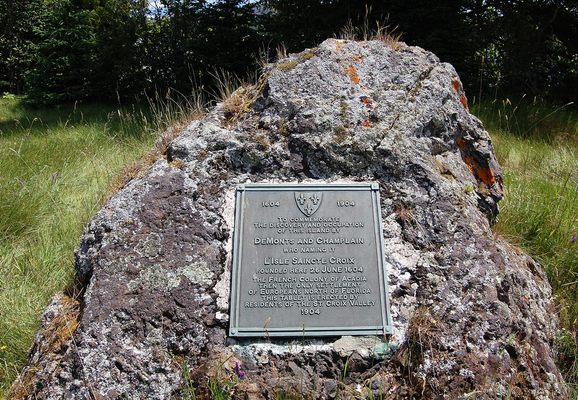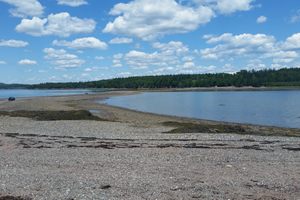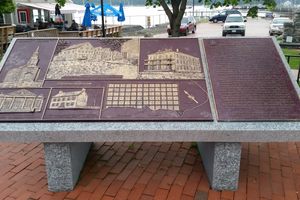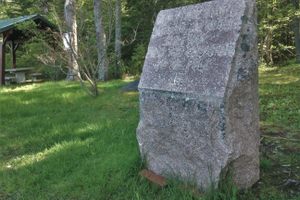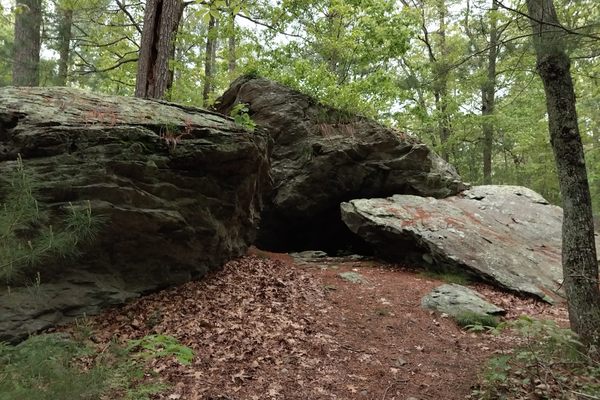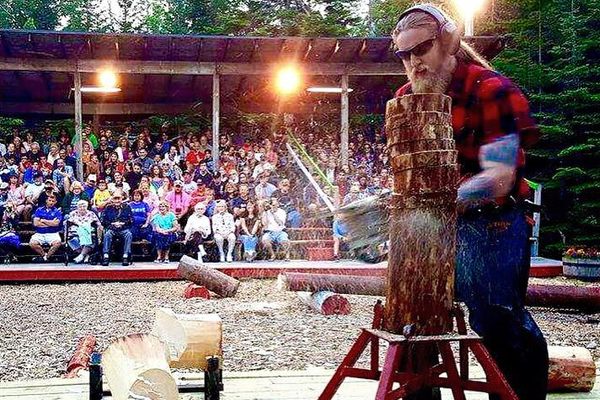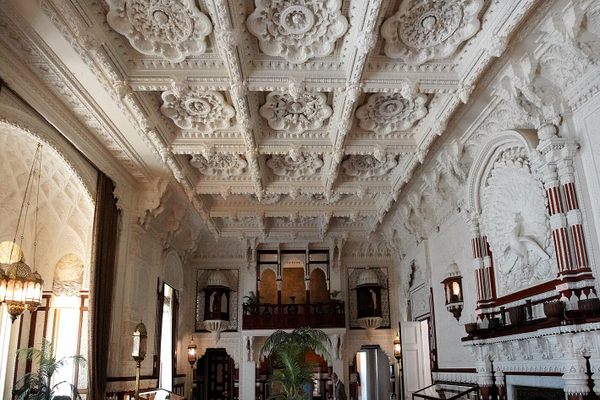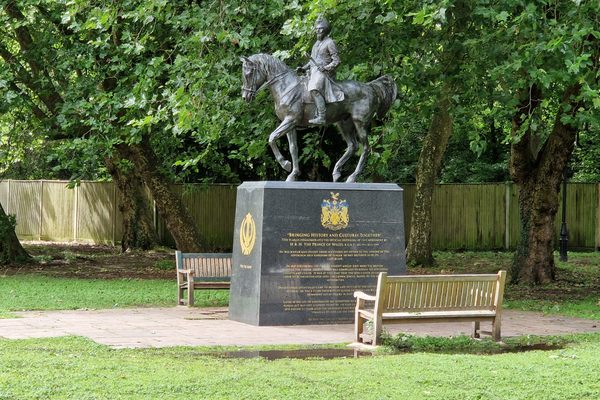About
In 1603, a French merchant named Pierre Dugua, Sieur de Mons, was given a monopoly over the fur trade between the 40th and 46th parallels of the Atlantic coast of North America. Dugua assembled a crew of 120 men, including the famous explorer Samuel Champlain. Once they arrived in North America, the crew split up, with two parties mapping the territory and trading with the natives, while Dugua’s group looked for a place to settle.
Saint Croix was used by the Indigenous Passamaquoddy people to store food where it could not be stolen by hungry animals. The French, on the other hand, saw it as a great site for a settlement. Like England’s Jamestown, the site of Saint Croix was chosen for defensive reasons more than habitability. Samuel Champlain came back to the island just in time for the worst winter of his life. In addition to the harsh cold and snow, many of the inhabitants of the new colony began to die of scurvy due to the lack of fresh fruit. In the spring of 1605, the French abandoned the settlement. Champlain famously said of the region, “there are six months of winter in that country.”
Unfortunately, not much is left on the island these days. In 1613, on orders from the British government, Captain Samuel Argall burned many of the French settlements in the Acadia region, including the uninhabited remnants of Saint Croix. While the town may be gone, the historical record remains. In 1949, the United States protected the island under the National Parks Service and established a shoreside interpretive site. The park includes a visitor center and a trail with statues and signs about the colony. Canada also operates a similar exhibit from their side of the river.
Related Tags
Know Before You Go
The visitor center is open from 9 a.m. to 5 p.m., Thursday through Monday. The interpretive trail is more flexible, being open during all daylight hours. The island itself can be seen from the park, but it is only accessible for archaeological research.
Published
June 30, 2022



